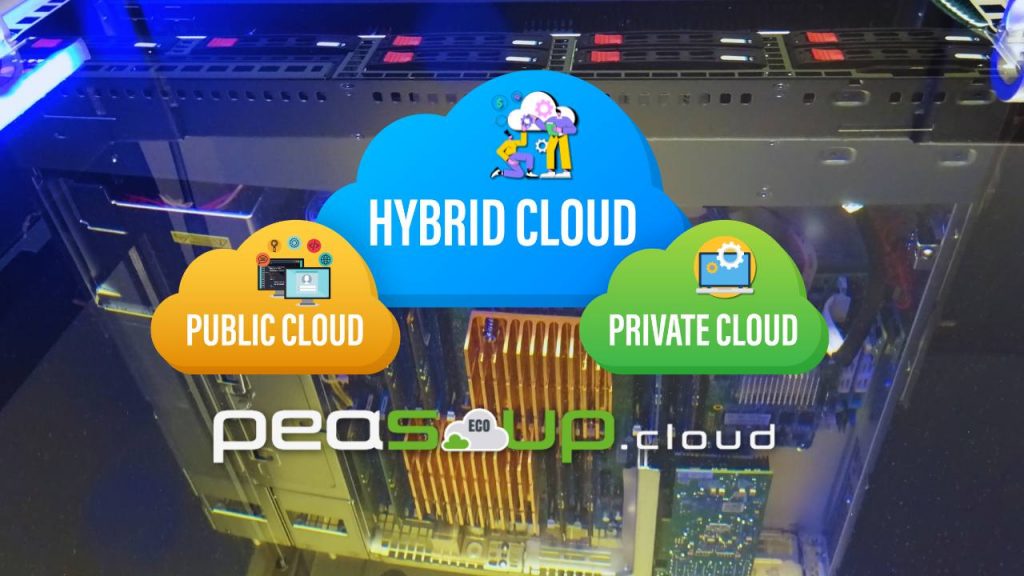How to optimise your cloud and hybrid strategy
Maximising Efficiency and Strategies for Optimising Your Cloud and Hybrid Infrastructure
In the rapidly evolving landscape of technology, businesses are increasingly relying on cloud and hybrid infrastructure to meet their computing needs. However, optimising these infrastructures is crucial to ensure efficiency, cost-effectiveness, and readiness for future advancements, such as the AI revolution. In this article, we will explore strategies for optimising your cloud and hybrid strategy, including considerations for egress and ingress charges, data transfer latency, and the role of liquid immersion cooling in enhancing performance.
Understanding Egress and Ingress Charges
Egress and ingress charges refer to the fees associated with transferring data out of and into cloud environments, respectively. These charges can significantly impact your operational costs, especially if your organisation deals with large volumes of data.
To optimise your cloud strategy:
- Reduce unnecessary data transfers by implementing efficient data storage and retrieval practices. Utilise data compression techniques and caching mechanisms to minimise the volume of data transferred.
- Choose cloud providers with data centres strategically located to minimise latency and the ones that don’t charge for egress/ingress charges (e.g. PeaSoup.Cloud). Proximity to your primary user base can help reduce data transfer costs.
- Optimise your workloads to minimise data movement between cloud regions or between on-premises and cloud environments. Utilise edge computing where applicable to process data closer to the source.
Mitigating Data Transfer Latency
Data transfer latency, or the delay in data transmission, can adversely affect the performance of cloud and hybrid infrastructures.
To address this challenge:
- Utilise Content Delivery Networks (CDNs). CDNs cache content in multiple locations worldwide, reducing latency by serving content from servers closer to end users. Integrate CDNs into your architecture to deliver faster and more reliable access to content.
- Implement Edge Computing. Edge computing moves data processing closer to the source of data generation, reducing the distance data needs to travel and minimising latency. Distribute computing resources across edge locations to optimise performance.
- Use High-Speed Networks. Invest in high-speed networking technologies to facilitate faster data transfer between different components of your infrastructure. Leverage technologies such as SD-WAN (Software-Defined Wide Area Network) for efficient and reliable network connectivity.
Preparing for the AI Revolution
The proliferation of artificial intelligence (AI) technologies presents both opportunities and challenges for businesses.
To prepare for the AI revolution within your cloud and hybrid strategy:
- Ensure your infrastructure is scalable and elastic to accommodate the computational demands of AI workloads. Leverage cloud resources to dynamically scale computing capacity based on workload requirements.
- Establish robust data pipelines and data governance practices to ensure the accessibility and quality of data required for AI model training and inference. Utilise cloud-based data storage and processing services for scalability and flexibility.
- Optimise your infrastructure for AI workloads by leveraging specialised hardware accelerators, such as GPUs (Graphics Processing Units). Utilise cloud-based AI services and platforms to accelerate AI development and deployment.
Leveraging Liquid Immersion Cooling
Liquid immersion cooling is an innovative cooling technology that involves submerging IT hardware in a dielectric fluid to dissipate heat more efficiently than traditional air cooling methods. This technology offers several benefits for optimising cloud and hybrid infrastructures:
- Liquid immersion cooling provides superior thermal conductivity compared to air cooling, enabling more efficient heat dissipation and lower operating temperatures for IT hardware.
- Immersion cooling eliminates the need for air conditioning infrastructure, reducing space requirements and energy consumption in data centres. This can result in significant cost savings and environmental benefits.
- By maintaining optimal operating temperatures, liquid immersion cooling can improve the performance and reliability of IT hardware, leading to enhanced overall infrastructure performance.
Summary
In conclusion, optimising your cloud and hybrid strategy requires careful consideration of factors such as egress and ingress charges, data transfer latency, and preparation for the AI revolution. By implementing strategies to minimise costs, reduce latency, and leverage innovative technologies like liquid immersion cooling, businesses can maximise the efficiency and performance of their infrastructure to meet the demands of an increasingly digital world.

